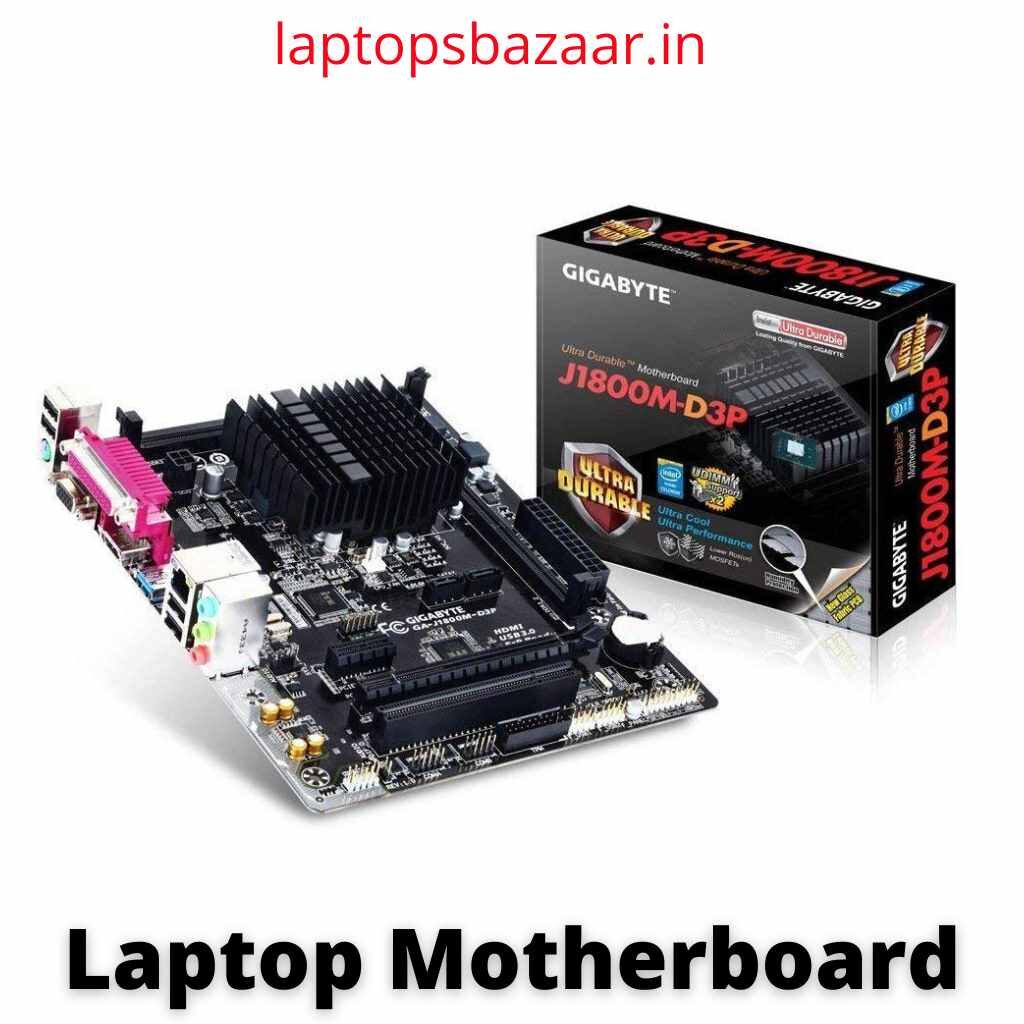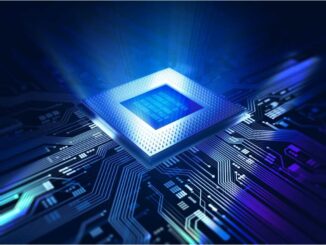
Laptop motherboards contain all the circuitry needed to power and control a laptop.
They are smaller and more compact than desktop motherboards and use less power.
It typically has two memory slots, four or six USB ports, and one or two video outputs.
To know more about the characteristics of laptop motherboards, keep reading the article…
[ Check out – How To Shut Down Lenovo Laptop ]
What Is The Motherboard Of A Laptop?
The motherboard of a laptop is the main circuit board of a laptop. It houses the CPU, memory, and other vital components.
The motherboard is what makes a laptop a complete system.
My other Recent Reviews
- 10 Best Laptops Under 50000 in India 2023: Best Picks 2023 2024-06-04
- How To Disable Quick Heal Antivirus In Windows 10 2024-06-04
- What is the Speed of Computer Measured In 2024-06-03
- How To Shut Down Lenovo Laptop 2024-06-03
- How To Connect Jio Phone To Laptop 2022-10-19
How Does The Motherboard Work?
 The motherboard is the main circuit board of a laptop, and it is responsible for connecting all the different components of the computer.
The motherboard is the main circuit board of a laptop, and it is responsible for connecting all the different components of the computer.
The motherboard has various slots and connectors that allow it to connect to the processor, memory, storage, and other devices.
It also contains the power supply and control circuitry.
What Is The Part Of Motherboard?
The motherboard is the main circuit board in a laptop, and it is what everything else connects to.
It contains the CPU, memory, and other essential components. The motherboard is what makes a laptop work.
Laptop Motherboards Are Expensive Than Desktop Motherboards?
Laptop motherboards also have integrated graphics, sound, and sometimes Wi-Fi and Bluetooth.
It tends to be more expensive than their desktop counterparts, as they have integrated graphics and sound, and sometimes even Wi-Fi and Bluetooth.
Laptop Motherboards Have Fewer Expansion Slots
One of the key characteristics of motherboards is that they have fewer expansion slots.
This is due to the fact that laptops are much smaller in size than desktop computers, and thus there is less room for additional expansion slots.
This can be limiting for some users who want to add more features to their laptops, but it’s necessary trade-off in order to make laptops small and portable.
Laptop Motherboards Use Lower-Powered Processors And Chipsets
It typically uses lower-powered processors and chipsets when compared to desktop computers.
This is due to the fact that laptops need to be more energy efficient in order to provide longer battery life.
As a result, laptop motherboards often have fewer features and capabilities than their desktop counterparts.
Laptop Power Requirements Are Lower Than Desktop Power Requirements
Motherboards of laptop are smaller in size.It has fewer expansion slots than desktop motherboards.
Laptops typically use laptop-specific processors, which are designed to conserve power.
Laptop Motherboards Often Incorporate Integrated Graphics Processing Units (GPUs)
It typically has an integrated graphics processing unit (GPU).
This allows for better visuals and increased processing power for gaming and other graphically intensive tasks.
Some models also include Thunderbolt 3 support for connecting external displays and devices.
Laptop Manufacturers Often Include Proprietary Features On Their Motherboards
It typically includes proprietary features designed to be used only with the specific make and model of the laptop.
These features include special connectors, extra RAM slots, or other hardware modifications.
While these features can be convenient, they can also make it difficult to replace or upgrade the motherboard later.
What To Do While Troubleshooting Laptop Motherboards
There are a few things you need to keep in mind while troubleshooting motherboards:
- Check the power supply and make sure it is properly plugged in.
- Check all of the connections and make sure they are secure.
- Look at the motherboard itself and see if there are any visible signs of damage.
If you are unable find anything wrong with the motherboard, it’s likely that the issue is with another component in your laptop.
Conclusion
In this article, we tried to share all the information about laptop motherboards.
It contains all the circuitry needed to power and control a laptop. They are smaller and more compact than desktop motherboards and use less power.
Laptop motherboards typically have two memory slots, four or six USB ports, and one or two video outputs.
Also, many other answers of the questions related to motherboards are there in the article. If you like our blog, please do comment below.
Note: The below product recommendation is purely based on my particular opinion, and it does not produce to promote any individual products.




Be the first to comment